Why Pressure Testing Still Matters — NLTA Or Not
By MTAC Training Cadre
Hard skills look good in isolation. But they only matter if they hold up under pressure.
There’s been a lot of excitement about the ATF’s reinterpretation of training ammunition classification, specifically regarding UTM and Simunition. UTM has always been available to law enforcement; however, agencies were previously required to submit a nexus letter to the ATF to justify the purchase of UTM. That step is no longer necessary. And if civilian and instructor-level sales are restored as a result, we’ll be one step closer to delivering the kind of pressure-based training that prepares people for the real world. NLTA-based scenario training is one of the most effective tools we have for safely replicating violence without consequence.
But this conversation can’t just be about what tool we’re allowed to use. It needs to stay focused on why that tool matters in the first place:
Because pressure reveals the truth.
I’ve trained officers, corporate teams, and everyday civilians. Some of them come in fast and flashy. Others come in quietly but steadily. But once we crank up the pressure—once the rounds are flying and the role player won’t stop screaming—all that surface-level confidence starts to burn away.
The shoot house doesn’t lie.
That’s why our philosophy at MTAC is simple: Hard skills are only half the equation.
Yes, we want you fast. We want you to be accurate. We want you to have proper grip, stance, and weapon handling that won’t fall apart under fatigue.
But we also want you to make decisions under stress. To de-escalate when it’s right. To draw when you must. To apply a tourniquet while people are shouting. To identify the cover. To give commands with presence and clarity.
That’s the other half—your soft skills.
Most people treat soft skills like a PowerPoint topic or a checkbox in HR. That’s a mistake. Because when things go sideways, your ability to think, speak, and move under pressure becomes more important than how tight your groupings were at the static range.
You can’t download judgment. You can’t muscle-memory your way through a gray-area decision. You need to have seen it, felt it, failed at it, and learned from it—before it counts.
That’s why pressure testing matters.
It’s not to “see if you’re good enough.”
It’s to show you where you’re not ready, while you still have time to make the necessary adjustments.
And if UTM comes back for full civilian and instructor use? We’ll be ready.
Because for us, it’s never just been about the tool. It’s about how the tool exposes your training.
If you’re not training under pressure, you’re just collecting reps.
Whether you're a new concealed carrier or a 15-year SWAT operator, the lesson is the same:
Get reps, yes. But test them. Break them. Rebuild them.
We built MTAC’s curriculum around that complete cycle for a reason. So when your moment comes, you don’t freeze, flinch, or fumble. You move. Decisively.
Because you’ve been there before, and you’ll be there again.
Want to experience what pressure testing looks like?
Check out our course schedule at www.mtactraining.com or follow us on socials (@mtactraining) to stay up-to-date on UTM availability.
